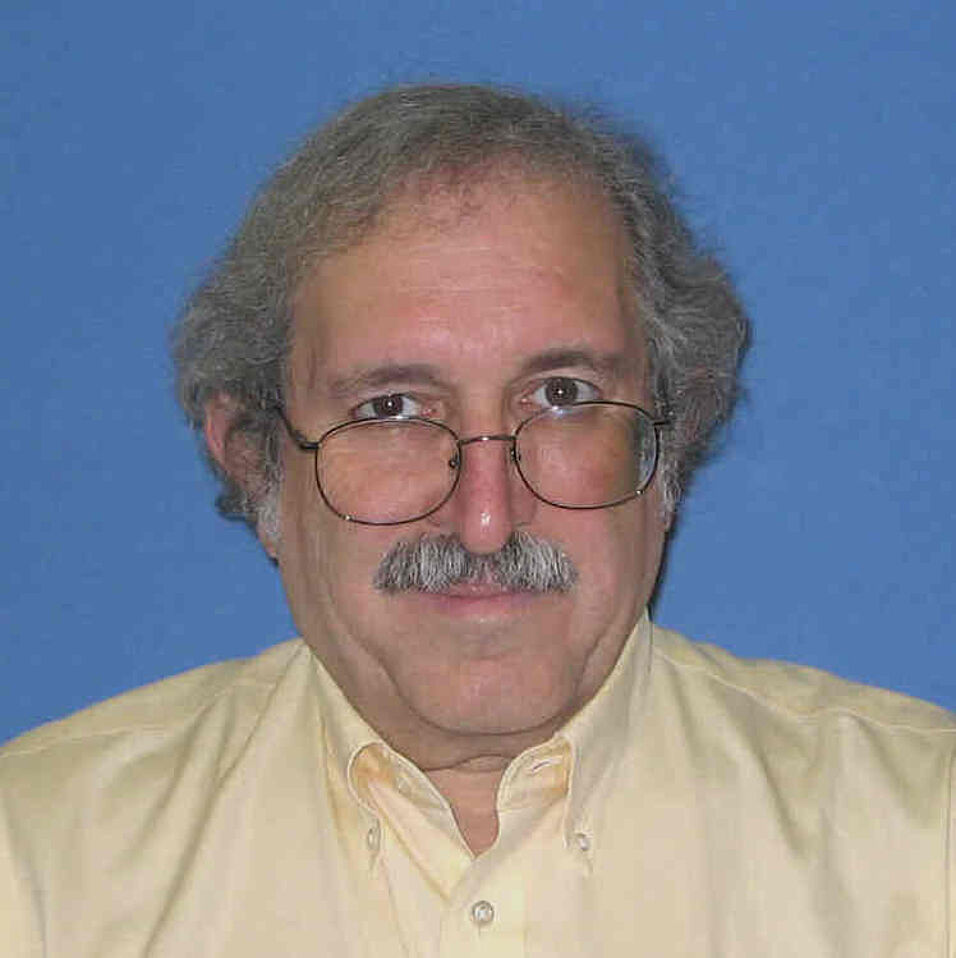Michael Peskin received his Ph.D. from Cornell University in 1978, studying with Kenneth Wilson. After postdoctoral appointments at Harvard, CEN Saclay, and Cornell, he joined the staff of the SLAC National Accelerator Laboratory at Stanford University, where he is now a Professor of Particle Physics and Astrophysics. With Daniel Schroeder, Peskin is the author of "An Introduction to Quantum Field Theory". His new textbook "Concepts of Elementary Particle Physics" will appear this spring.
He will give five talks in april and june 2019:
Tuesday, 2.04.2019:
Myteries of the Higgs Boson
Abstract: Thirty-five years after it was postulated as a key component of the theory of weak interactions, the Higgs boson was discovered at the CERN Large Hadron Collider in 2012. Since that time, the major couplings of the Higgs boson have been measured at the LHC, with results in good accord with the simplest theoretical expectations. They are consistent with a picture in which the Higgs field has a nonzero amplitude everywhere in space, the result of a phase transition that took place in the early universe, and this field value gives mass to all known elementary particles. However, we should not be complacent. We have no explanation of why this phase transition took place, or why the other interactions of the Higgs boson are as we see them. This mystery goes to the heart of elementary particle physics. The answers to other important fundamental questions -- the values of the quark and lepton masses, the origin of neutrino masses, the origin of CP violation -- all depend on the answer to this question. In this colloquium, I will describe what we know about the Higgs boson today and the prospect for learning more in the future from high-precision measurements of the Higgs boson's interactions.
FRIDAY, 12.04.2019:
The use of Standard Model Effective Field Theory to analyze Higgs boson measurements at e+e- colliders
June 2018: Three lectures on composite models of the Higgs boson:
Tuesday, June 18:
Models and composite Higgs bosons, and constraints on these models. Higgs as a Goldstone boson
Friday June 21:
The Randall-Sundrum geometry as a model for composite Higgs
Tuesday, June 25:
Symmetry-breaking with competition and the Little Hierarchy
All talks are held at 16:15, E.Schrödinger-HS
Organizer: Association for the Promotion of Theoretical Physics in Austria
This series of lectures is supported by the "Kulturabteilung der Stadt Wien"


